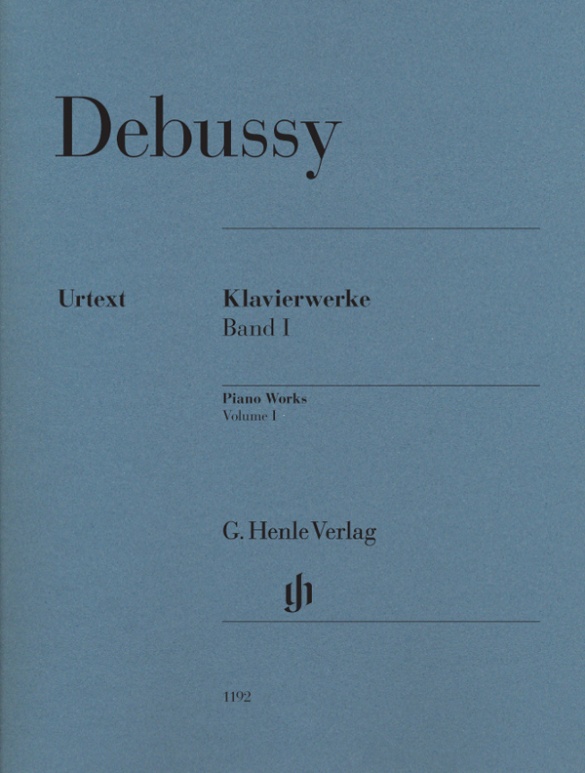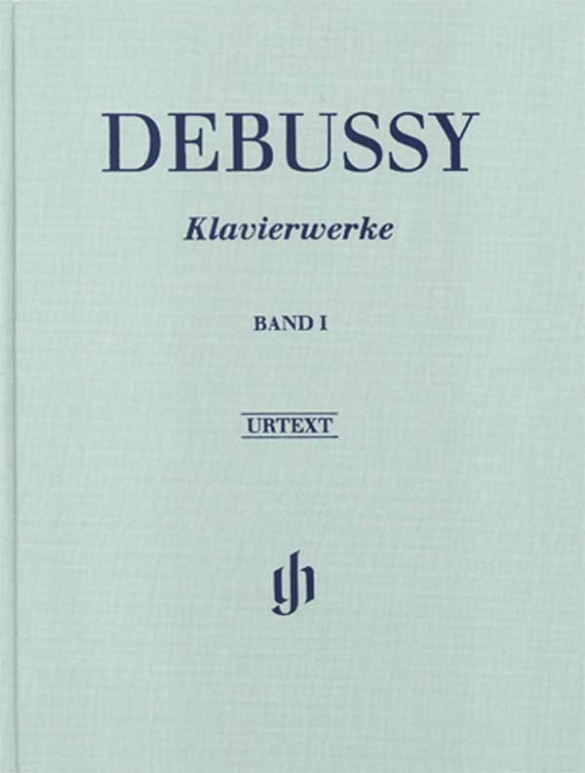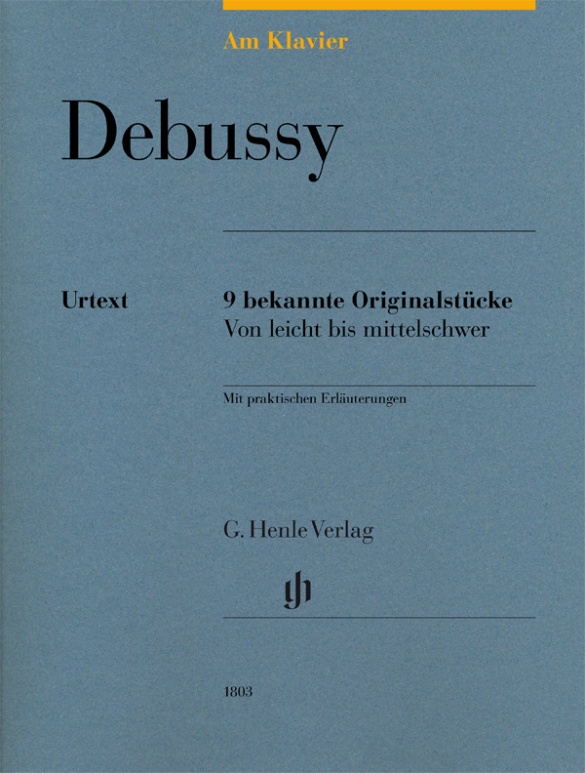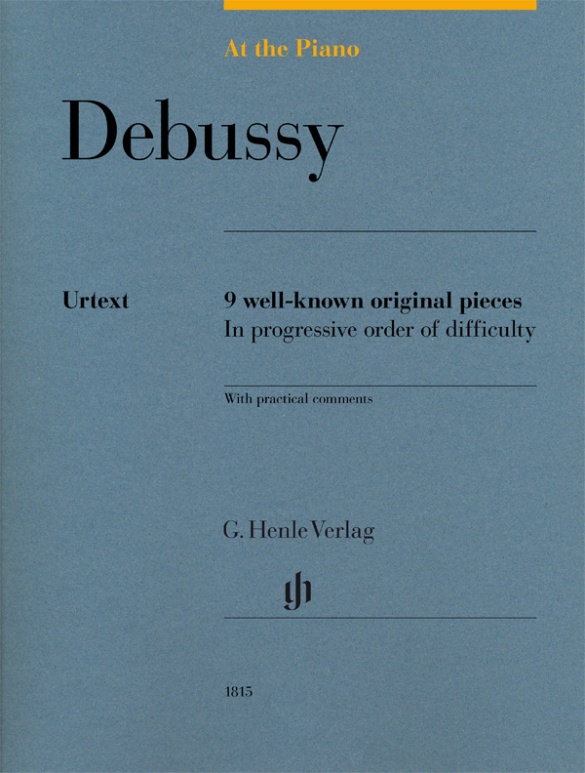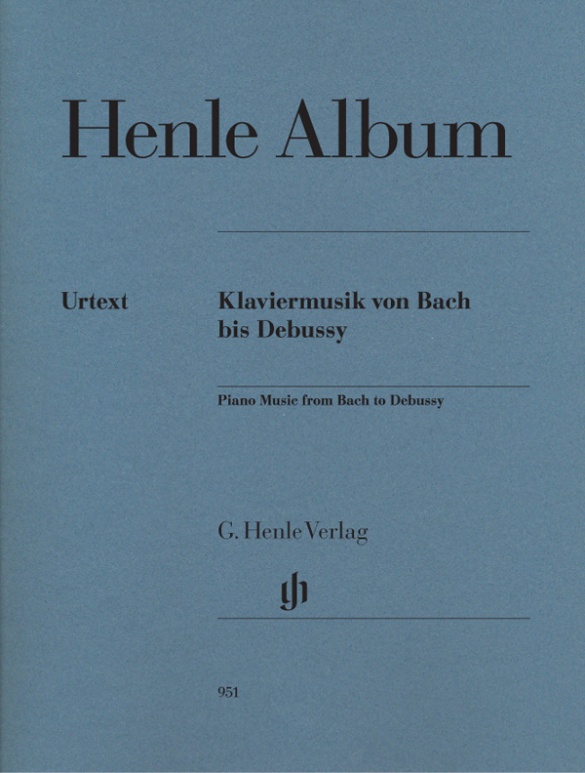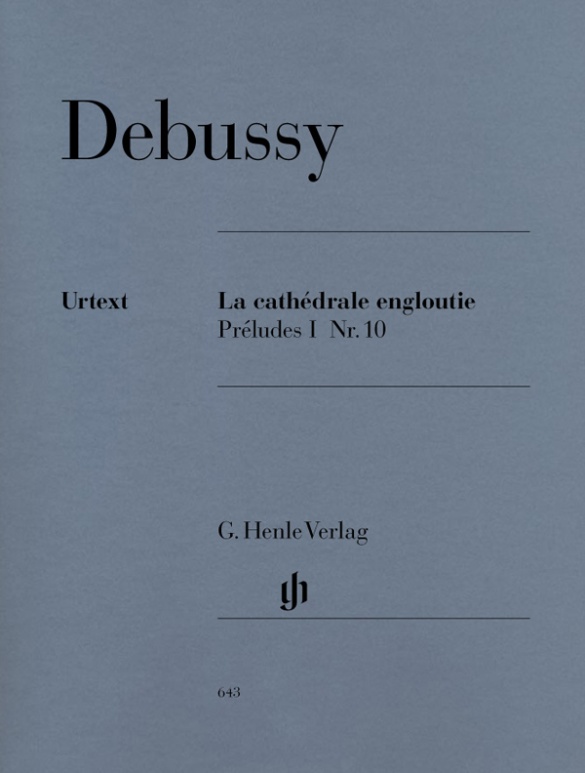

Claude Debussy
La Cathédrale engloutie
N° 10 du premier livre des Préludes (HN 383) de 1910, cette édition séparée montre un Debussy à l’imagination débordante, évoquant la ville antique d’Ys, engloutie par la mer. Debussy jouait volontiers lui-même cette œuvre et en a même gravé un enregistrement sur des rouleaux. Cet enregistrement est très révélateur de ses options quant au tempo. L’indication Prélude, on pense évidemment à Chopin, renvoie clairement aux formes traditionnelles, vers lesquelles le désormais renommé compositeur se tourna à nouveau peu à peu. Comme pour tous les Préludes, le titre de l’œuvre n’est mentionné qu’à la fin de la pièce, de sorte que son programme est juste esquissé en passant.
CONTENU/DÉTAILS
CONCERNANT LE COMPOSITEUR
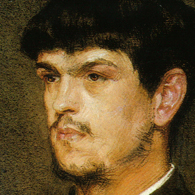
Claude Debussy
Le plus important compositeur français autour de 1900 dont la musique fondamentalement dominée par le timbre présente de profondes innovations. Son œuvre est en étroite relation avec le mouvement symboliste.
| 1862 | Né le 22 août à Saint-Germain-en-Laye. |
| 1872–84 | Études au Conservatoire de Paris. À cette époque voyages en Suisse, en Italie, à Vienne et en Russie avec la famille de Nadejda von Meck où il découvre la musique russe ainsi que la musique tzigane. |
| 1884 | Il remporte le Prix de Rome avec sa cantate «L’Enfant prodigue». Puis séjour à Rome jusqu’en 1887. |
| 1887–89 | Mélodies «Cinq Poèmes de Baudelaire». |
| 1888/89 | Séjour au Festival de Bayreuth; écrit sur Wagner. |
| 1889 | Exposition universelle de Paris où il découvre la musique de l’Extrême-Orient qui influence son style. |
| 1890 | Contact avec Mallarmé et son cercle. |
| 1891/1903 | «Fêtes galantes» série de mélodies d’après Verlaine. |
| 1891–94 | Œuvre pour orchestre «Prélude à l’après-midi d’un faune» avec des mélodies tout en arabesques. |
| 1897–99 | Nocturnes pour orchestre et voix de femmes. |
| 1901 | Début de son activité en tant que critique musical. |
| 1902 | Exécution de l’opéra « Pelléas et Mélisande» d’après le drame symboliste de Maeterlinck qui marque une rupture en dépit de la critique. |
| 1903–05 | Page orchestrale «La Mer» aux principes symphoniques et un langage musical «impressionniste». |
| 1905–07 | 1er et 2e cahiers des «Images» pour piano. |
| 1906–08 | «Children’s Corner», pièces enfantines pour piano. |
| 1909–10/11–13 | 1er et 2e livres des «Préludes» pour piano; les titres programmatiques des pièces, au caractère parfois très ésotérique, viennent à la fin. |
| 1913 | Mélodies «Trois poèmes de Stéphane Mallarmé». |
| 1915–17 | Sonates de musique de chambre recourant à la tradition française du XVIIIe s. |
| 1918 | Meurt à Paris le 25 mars. |
About the Authors
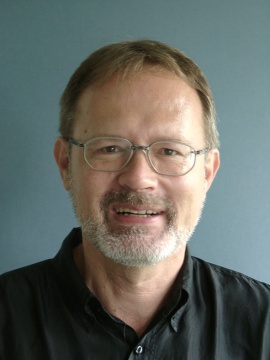
Ernst-Günter Heinemann (Editeur)
Dr. Ernst-Günter Heinemann, born in 1945 in Bad Marienberg (Westerwald), completed his schooling in Gießen and read musicology, philosophy and German in Marburg and Frankfurt/Main and also for some time Protestant church music. He did his doctorate on “Franz Liszts geistliche Musik. Zum Konflikt von Kunst und Engagement”.
From 1978–2010 Heinemann worked as an editor at G. Henle Publishers (in 1978 in Duisburg, from 1979 onwards in Munich). He edited a great many Urtext editions for the publishing house, including “Das Wohltemperierte Klavier”, Volume 1 by Bach and all of Debussy’s piano works. In addition, he wrote essays on Debussy, Grieg, Liszt, Mendelssohn and questions concerning general editing, as well as giving seminars on editorial practice for musicology students in Munich.
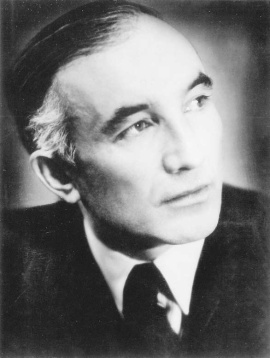
Hans-Martin Theopold (Doigtés)
Prof. Hans-Martin Theopold, was born to a pastor’s family in Detmold on 22 April 1904, the youngest of five children. Even as a child he often played the organ in the “Marktkirche” and soon began to take piano lessons with Theodor Vehmeier. At the age of 17 he made his debut at the Landestheater in Detmold with Ludwig van Beethoven’s Piano Concerto in C major under Friedrich Quast (Herford). Following the successful completion of his schooling at the Gymnasium Leopoldinum in Detmold, he went on to study music and piano (main subject): from 1922–23 at the “Württembergische Hochschule für Musik” in Stuttgart (with Max Pauer, 1866–1945) and then from 1923–1928 at the “Staatliche Akademische Hochschule für Musik” in Berlin-Charlottenburg (with Richard Rössler, 1880–1962, and Waldemar Lütschg, 1877–1948). After completing his piano studies (graduating with “very good”) in 1928, he began an active solo career both at home and abroad (USA, Switzerland, Scandinavia, the Baltic states, the Balkans). As a member of the Chamber Music Association of the State Opera in Berlin (from 1933) he also gave countless chamber music concerts, including ones with his violin partner Gustav Havemann (1882–1960).
In the 1930s, audiences and the press alike raved about Theopold’s extraordinary gifts as a pianist: “This young player has it in him to soon become one of the best players in Germany. A superior technique, a wonderful singing piano tone, the strength of a Titan, but not at all hard due to the incomparably gentle elasticity of his touch” [Münchener Zeitung, 21 November 1933]. – “H.M. Theopold gave convincing proof of his splendid pianistic ability in an extremely gripping sonata with a modern idiom by Alban Berg, but predominantly in Schubert’s […] Wanderer Fantasy, which he played with a polished technique and creative power” [Weser-Zeitung, 21 December 1932]. Theopold was awarded several prizes, including the “Grotrian-Steinweg-Preis” in 1928.
In 1937 Theopold became a teacher for the piano (main subject) at the “Bayerisches Staatskonservatorium der Musik” in Würzburg. In 1939 he married Irene Tatjana Wülfing, who was from Moscow. From 1943 he became head of the piano master-class at the “Nordische Musikschule” in Bremen, although this was interrupted by the events of the war. Following his return from a prisoner of war camp, Theopold gave concerts and taught although he did not hold a permanent position. From 1955–1956 he was acting head of the piano master-class at the “Bergisches Landeskonservatorium” in Wuppertal, finally being appointed Professor for Piano on 1 April 1956 at the “Staatliches Institut für Schul- und Volksmusik” in Detmold, later at the “Nordwestdeutsche Musikakademie Detmold” (today “Hochschule für Musik Detmold”), where he taught for decades. On 30 September 1969 he retired. “His students extol his pedagogical gifts. […] Humour, charm, helpfulness and kind-heartedness moderate the strictness of his professional ethos as a musician and teacher” (Lippische Rundschau, 23 April 1969; see also: Lippische Landeszeitung 22 April 1969 on the occasion of Theopold’s 65. birthday: “Prof. Theopold, a modest but at the same time energetic man, is an enthusiastic teacher”). Theopold died in Detmold in 2000.
Contact with Günter Henle was established directly after the publishing house was founded, when Theopold thanked the publishers with great enthusiasm for its first Urtext editions. His extensive correspondence with the publishing house was bequeathed to the Lippische Landesbibliothek in 2014 to ensure its long-term accessibility to the public. The letters testify not only to Theopold’s great interest in musical sources and text questions but also to his initial strict refusal (!) of fingerings in text-critical editions such as these: “For fingerings are and remain something individual no matter what their quality” (letter to Günter Henle from 26 May 1949 {publishing house archives}). Günter Henle was not, however, to be swayed and stressed the necessity of fingerings in his Urtext editions: “It is better to publish the Urtext […] with fingerings that are not necessary for a few individuals, or that might even, I admit, be considered irritating here and there” (letter to Hans-Martin Theopold of 17 September 1953).
It was only in 1955 that Theopold accepted Günter Henle’s offer of contributing fingerings for an Urtext edition that was in the process of being prepared by way of trial. (HN 74, Schubert, Complete Dances for Piano, Volume 1). Following this, Theopold was commissioned to write the fingerings for nearly all of the publishing house’s new editions in quick succession. Günter Henle, himself a good pianist, greatly valued Theopold’s fingerings, and also the many suggestions regarding the musical text in question. In addition, Theopold was always very reliable, thorough and conscientious – something that is not unimportant with editorial work!
Thus to date Hans-Martin Theopold has provided the fingerings for the greatest number of Henle Urtext editions by far – 226 editions (!) in total.
We would like to thank Mrs Margot Theopold and the Hochschule für Musik in Detmold for their great support in providing biographical material.
G. Henle Verlag
Informations sur la sécurité du produit

G. Henle Verlag
Vous trouverez ici des informations sur le fabricant du produit.G. Henle Verlag e.K.
Forstenrieder Allee 122
81476 München
Allemagne
info@henle.de
www.henle.com
... is nu verkrijgbaar als losse uitgave in de Urtext-editie van het gerenommeerde Henle Verlag. Zoals we gewend zijn van deze uitgever is het notenbeeld zeer rustig en overzichtelijk: het is een genot om muziek uit deze uitgave te spelen of om de partituur mee te lezen bij het beluisteren van opnamen.
Piano WereldThis is a worthwhile publication, ... it is a magnificent composition in its own right. ... In this Henle edition, there is a specific reference that Debussy doubles the speed between bars 7 and 12, and between 22 and 83, being completely contrary to what is printed. Since these sections take up most of the 89 bar piece the eternal question is – why did he write it this way if he intended to interpret it otherwise? ... Even though the piano world is very much aware of the "discrepancy", this is the first time that I have seen it referred to in an edition of the piece. Henle are to be applauded for doing this, ... I recommend that all students of the piano obtain a copy of this separate publication. ...
Music Teacher Magazinerecommandations
autogenerated_cross_selling
Autres éditions de ce titre
Autres éditions de ce titre


